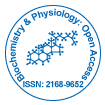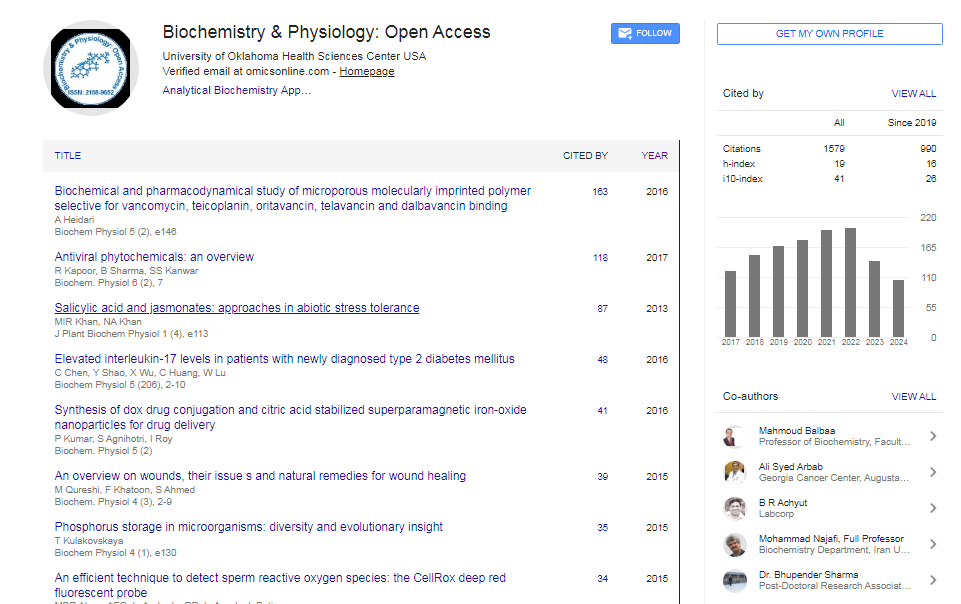Editorial
Impact of Microenvironment in Therapy-Induced Neovascularization of Glioblastoma
| Bhagelu R. Achyut* | |
| Cellular and Molecular Imaging Laboratory, Department of Radiology, Henry Ford Health System, USA | |
| *Corresponding Author : | Bhagelu R. Achyut Cellular and Molecular Imaging Laboratory Department of Radiology, Henry Ford Health System 1 Ford Place, 2F, Detroit, MI 48202, USA Tel: 313-874-4485 Fax: 313-874-4494 E-mail: achyutpgi@gmail.com |
| Received November 26, 2013; Accepted November 26, 2013; Published November 29, 2013 | |
| Citation: Achyut BR (2013) Impact of Microenvironment in Therapy-Induced Neovascularization of Glioblastoma. Biochem Physiol 2:e121. doi:10.4172/2168-9652.1000e121 | |
| Copyright: © 2013 Achyut BR. This is an open-access article distributed under the terms of the Creative Commons Attribution License, which permits unrestricted use, distribution, and reproduction in any medium, provided the original author and source are credited. | |
Abstract
Therapy induced neovascularization is an emerging cancer hallmark, which has been observed during the antiangiogenic treatments (AATs) to suppress angiogenesis in glioblastoma and other cancers. Clinicians and researchers have following major questions such as (1) why the AATs are inducing unwanted vasculature? (2) What are the molecular mechanisms associated with this daunting outcome? (3) What are signature targets to combat tumor angiogenesis or vasculogenesis? Focused strategies to investigate these aforementioned questions are required to answer to proceed further. Recent studies have shown the importance of microenvironment in the regulation of angiogenesis and/or neovascularization both at cellular and molecular levels. Better agents with broad range of targets could help to reprogram the tumor microenvironment as well as to combat the tumor and therapy induced neovascularization.

 Spanish
Spanish  Chinese
Chinese  Russian
Russian  German
German  French
French  Japanese
Japanese  Portuguese
Portuguese  Hindi
Hindi 